Why teach your baby sign language? Babies can understand verbal communication before they develop the skills required to verbally communicate. But they can learn to sign. Teaching your baby sign language can provide them with valuable communication skills that will enhance, rather than delay, their overall language development. Signing may also help you gain a better understanding of how your child views the world around them and in turn, lead to less fussiness and fewer meltdowns due to communication misunderstandings.

Don’t worry, Mom, you don’t have to know the entire American Sign Language (ASL) dictionary before you start teaching your little one. You can both learn baby sign language as you go. According to PsychCentral, babies six months and older can learn basic signs like “milk,” “water,” “hungry,” and more. Focus on signs that are relevant and meaningful to your baby’s daily routine.
American Sign Language (ASL) is commonly used as the basis for baby sign language because it is a complete and standardized language with a rich vocabulary. ASL ensures clear communication and provides a foundation for future learning if the child continues to use sign language as they grow.
READ MORE: Using The 5 Love Languages With Your Children.
Simply have fun learning baby sign language together integrating new signs as you go about your day. Begin signing commonly used signs that are important to your baby as well as fun for both of you. Be consistent in your usage of signing, making sure to use the appropriate ASL sign whenever possible.
According to ASL Kids, babies and toddlers who learn baby sign language actually talk at a younger age. Baby sign language helps babies and toddlers communicate with parents so it reduces tantrums and frustrations. Baby sign language contributes to bonding with parents and even increases self-esteem because the little ones will be able to sign and receive what they need or are requesting. Baby sign language also can enhance cognitive development. It can improve memory, attention span, and problem-solving skills. Baby sign language encourages empathy and emotional intelligence as it helps babies express their emotions and understand the feelings of others.
Read More: Smart Ways To Teach Your Kids To Use Social Media
Make learning baby sign language fun and interactive. Incorporate sign language into your everyday activities and playtime. Sing songs, read books, and play games that involve signing. Signing should be a positive and enjoyable experience for both you and your baby. Signing Time has books and videos that make teaching your little one and learning yourself a fun and positive experience.
Your child will not learn to sign overnight. Be patient. Babies may take time to start using signs actively. It is crucial to be patient and persistent while teaching them sign language. Remember that babies often understand signs before they can produce them.
The benefits of teaching ASL to babies include improved communication skills, reduced frustration, enhanced cognitive development, and strengthened parent-child bonding. These benefits are supported by research conducted by various organizations and experts in the field of child development, including the American Academy of Pediatrics, the National Institutes of Health, and the Baby Sign Language Institute
Baby Sign Language
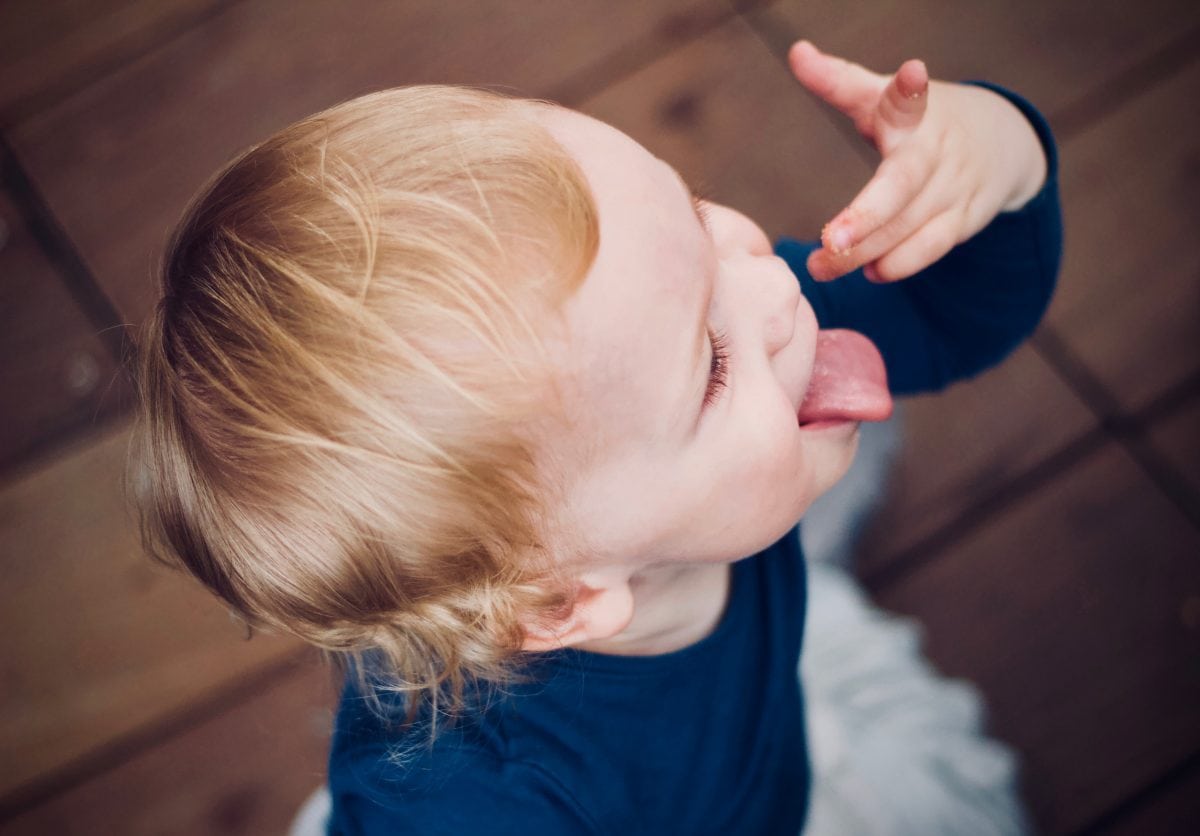
Depending on the age of your little one, when they do the signs they may not look exactly like the ASL signs. But as you continue to model the ASL signs correctly, your little ones will improve in coordination, eventually doing the ASL sign correctly. However, you will be able to understand the sign from your child. Consistently use the signs while speaking the associated words. It is essential to repeat the signs frequently to reinforce their meaning. Babies learn through repetition and imitation, so model the signs consistently to encourage them to mimic your gestures.
The timing of when babies start signing can vary. Some babies may start using signs as early as 7 to 9 months old, while others may take longer to understand and imitate the gestures. It is important to be patient and provide consistent exposure to the signs. With time, babies will start incorporating signs into their communication, usually before they start speaking their first words.


Milk
“Squeeze one or both hands, imitating a farmer milking a cow.” Possibly the most important sign in your baby’s world! No matter what type of milk they start with, they will associate milk with a full tummy, comfort, and closeness to mom or dad (or any long-term care provider). This is a sign they can pick up quickly because it is a sign that they will receive almost immediate gratification for learning.
Eat
“Simply bring your fingers to your mouth as if you are holding a piece of food and are going to eat it.” Another high-impact sign for your baby is “eat” once they begin solids. Your baby will get a lot of use out of this sign telling you when they are ready to eat. It alleviates at lot of frustrations when you know the baby is hungry.
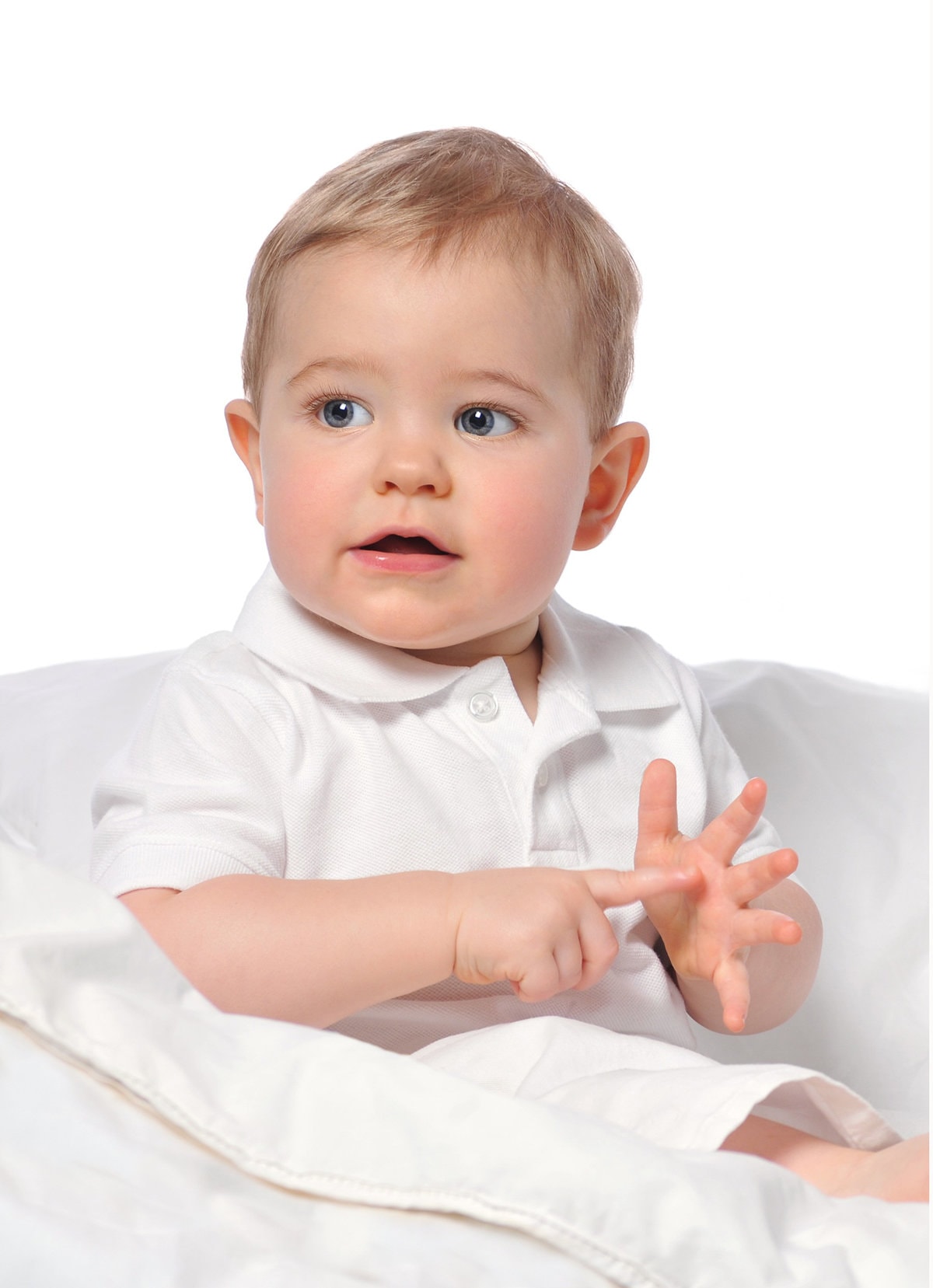
More
“Bring the fingertips of both hands together in a repeated action.” More to eat, more to drink, more to play. Mommy, swing me again…more! “More” often becomes a favorite sign of little ones. Because if they are able to communicate that they want “more” blueberries and not carrots they quickly become a happier baby. The ASL sign for “More” is often taught by daycare and preschool teachers.
All Done
“Hold both palms facing upward, then flip to a downward position.” This sign is also helpful for your baby to communicate when they are finished with a meal or activity rather than throwing the food crayons or toys across the room or onto the floor for you to pick up for the billionth time! Although they are little, they know quickly know what they want and how much they want it be it toys, a particular food, a ride on a swing at the park, etc…
Bath
“Scrub your chest with your two fists with thumbs up, as if you were washing yourself.” This is a practical but fun sign to learn if your little one loves the bath. But, whether or not your child likes the bath, communicating to your child what activity is coming next is important in preventing over-stimulation and diffusing meltdowns. Signing “Bath” while saying the word is a way for them to understand the world around them.
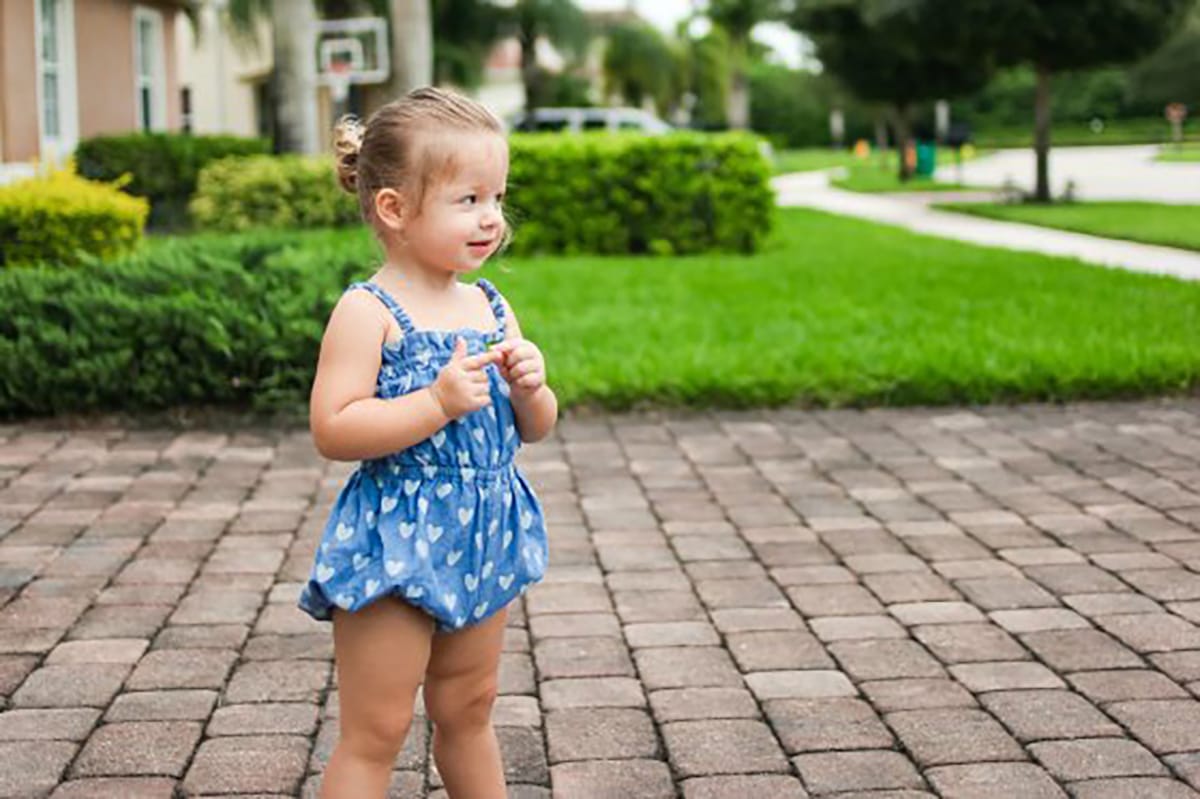
Hurt
“Bring your two index fingers together in front of your body. Be sure to use a facial expression that shows you are in pain.” This is an excellent safety sign that will enable you to assist your child in ways you wouldn’t as easily be able to if they couldn’t communicate with you through signing. You will be able to tell the difference between when their ear or tummy is truly in pain or if they are simply pitching a fit because their left sock is lower than their right one, or something equally as detrimental!
Dog
“Pat your thigh as if you were calling a dog to ‘come here.‘” Learning a fun sign by incorporating a family pet can be especially enjoyable for your baby as they build their signing vocabulary. Babies and young children are usually fascinated by animals so teaching them how to use the sign for their favorite furry family member will be a fun sign for everyone.
Book
“Hold palms together, then open them as if they are a book and you are opening it.” Again, it is important to learn signs related to the baby’s interests so they can communicate what they enjoy doing. Bedtime books and storytime is sure to be a favorite daily activity with your little one. “Book” is a simple sign and one your baby will learn to understand and use quickly.
Baby Sign Language for the Whole Family
Most importantly, choose signs that are relevant and fun for your family. Provide your baby with lots of encouragement by giving them your full attention when they communicate with you, acknowledging that you understand them. Learning and using baby sign language can create a strong bond between parents and their babies. It promotes eye contact, attentiveness, and mutual understanding, leading to a deeper connection and a greater sense of security for the baby.
Expand with new signs whenever you and your baby are ready, you will be surprised at how easy building your own sign language vocabulary can be and how often you will enjoy using it every day. Other signs to consider teaching baby: cat, sister, brother, Mom, Dad, Grandma, Grandpa, airplane, sun, stars, trees, etc… Just look at the world around you, but take pause. Now look at the world through baby’s eyes, as you sit under a tree reading a book or pick a flower to brush the soft petals against baby’s skin. These are opportunities to learn and teach baby sign language, which will expand language and communication skills.
And, just because you did not teach your older children baby sign language, it does not mean you cannot do it for this child. Baby sign language is a great way for older brothers and sisters to learn a new skill while building a relationship with their new sibling. Oftentimes times elementary students thrive at learning sign language and will enjoy researching and teaching you and your baby new ASL signs perfect for your family.
Baby sign language lets parents and caregivers communicate with babies before they can speak. Teaching baby sign language can bridge the gap between when babies start to understand language and when they can verbally communicate their needs. It allows them to express themselves and be understood by their caregivers, reducing frustration and tantrums.
Teaching baby sign language is not significantly more challenging than teaching babies to understand spoken language. Babies naturally acquire language skills through consistent exposure and repetition. Parents or caregivers can start introducing signs around 6-8 months of age when babies begin to show an understanding of language. Consistency, repetition, and positive reinforcement are key to success.
WANT TO READ MORE?
To learn more about how to connect and communicate with your little one be sure to check out Daily Mom’s article, “Emotional Regulation: 6 Simple Ways to Help Your Child.”
CONNECT WITH DAILY MOM
💖 NEWSLETTER: DAILY READS IN YOUR INBOX 💖
Sign up to receive our picks for the best things to do, see, and buy so you can relax and focus on more important tasks! Let us help you be the best version of yourself you can be!
BE SOCIAL WITH US
📌 LOVE IT? PIN IT!📌
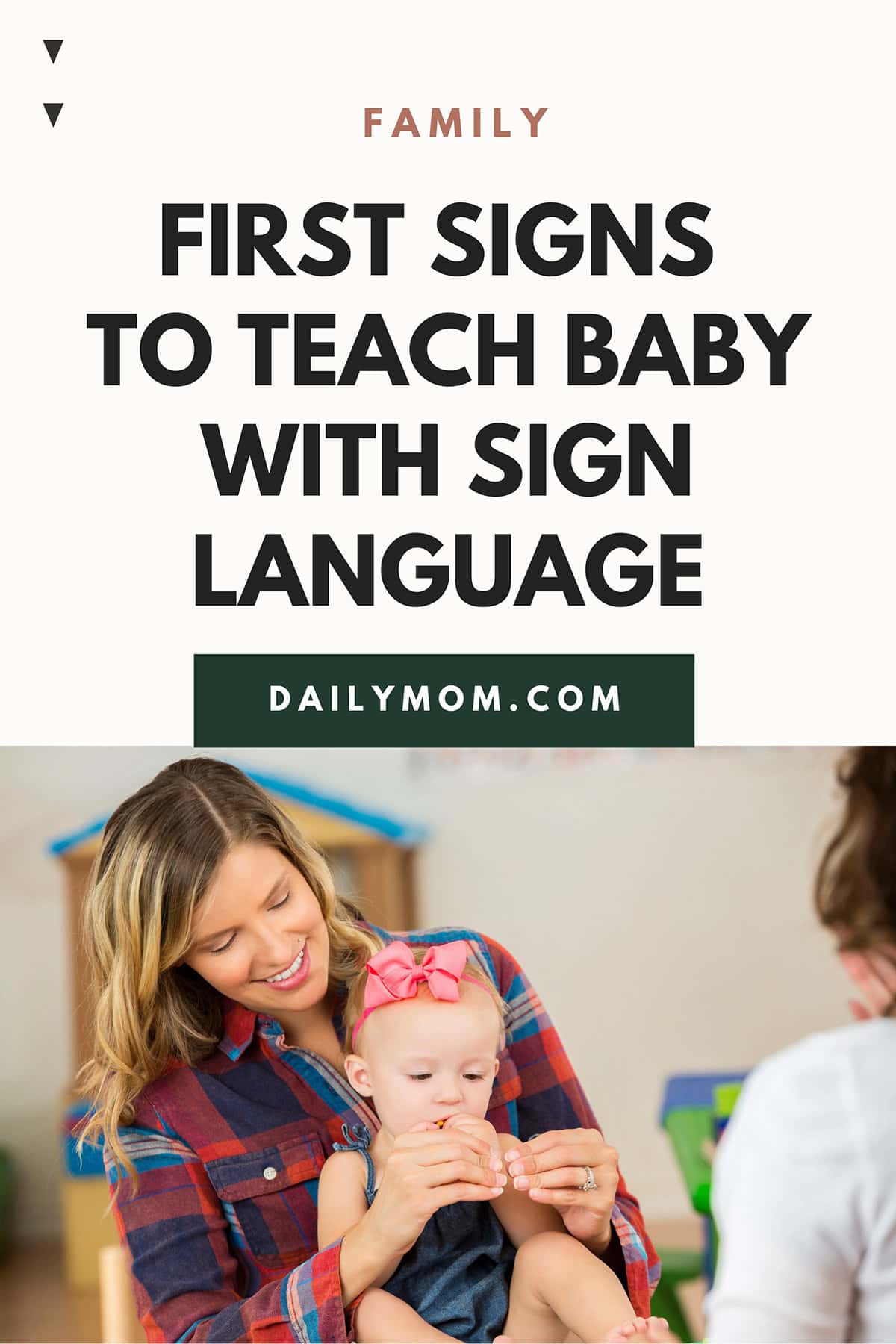


































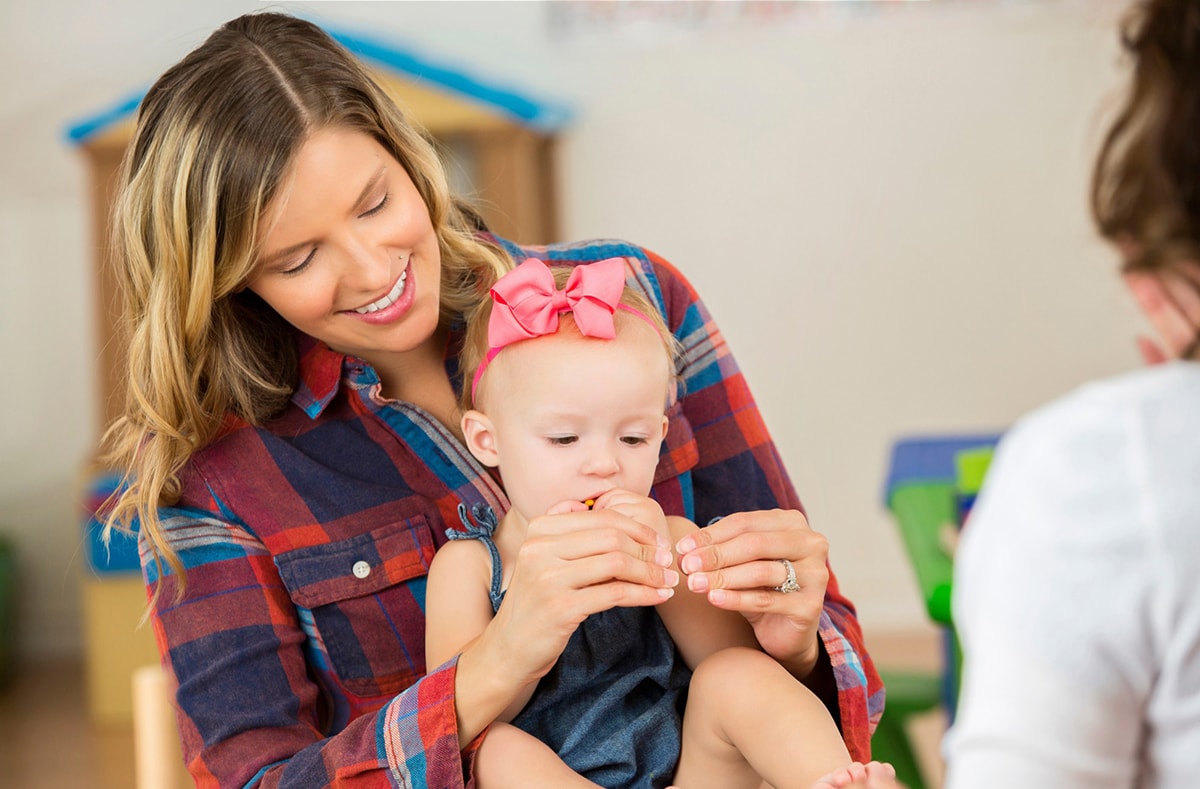

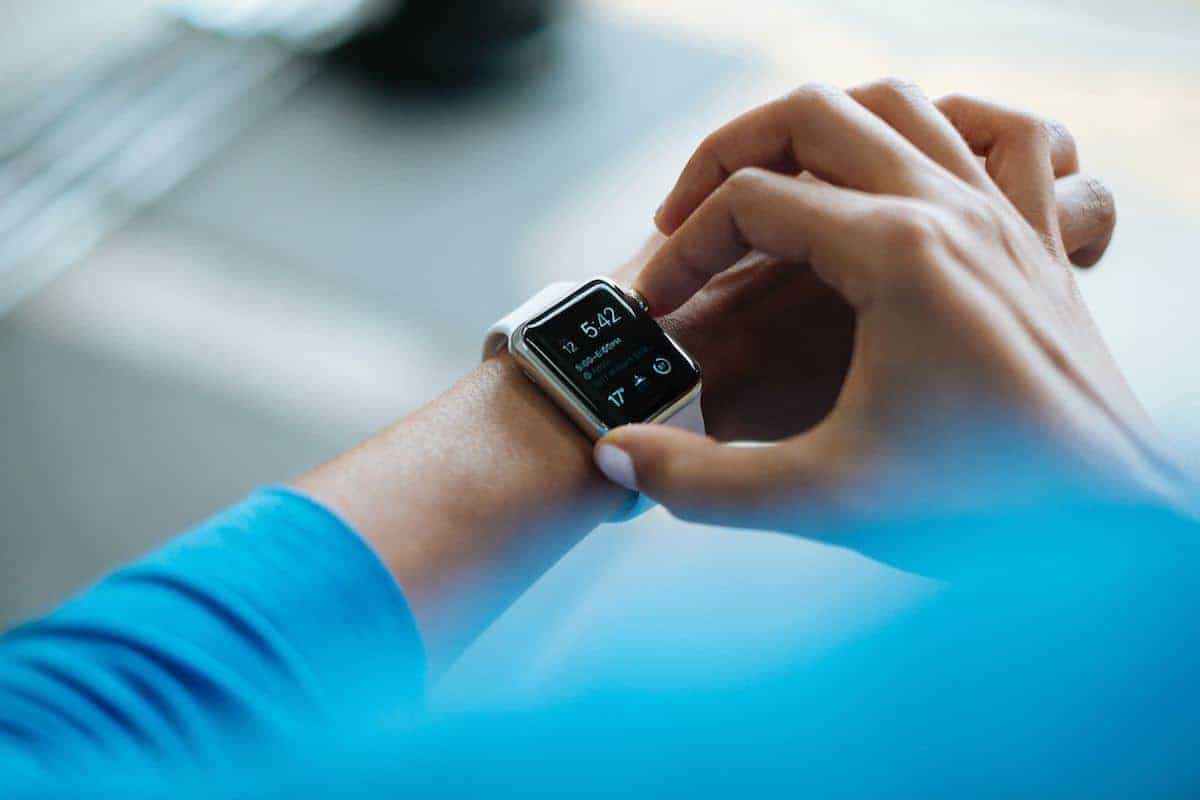



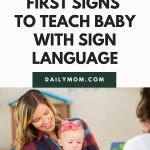
Sleep, or “night night” is a great one to teach as well. Just lay your head on your hands like a pillow. My son used that a lot before he talked. Oh, and seeing your baby sign “I love you” is like the sweetest thing ever- he’ll still sign that one from time to time even though he dropped all his other signs over 8 months ago.
At what age should one start signing to a child?
You can start as early as birth, but the optimal age is 6 months because you won’t burn out and get tired of signing without any response back. Most kids sign back at 9-12 months of age, so realistically you don’t HAVE to start till 8-9 months if you’d like.
I started signing to my Little One at 4 months. By 5 months she was signing “milk”, “mum” and occasionally “daddy”. She’s 9 months now and Shea added the signs “more”, “all done”, to her vocabulary.